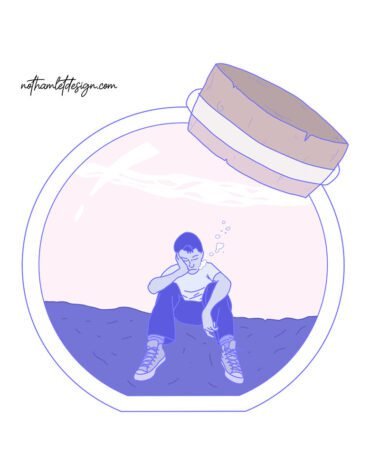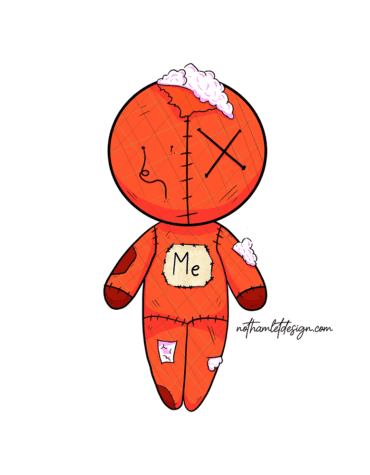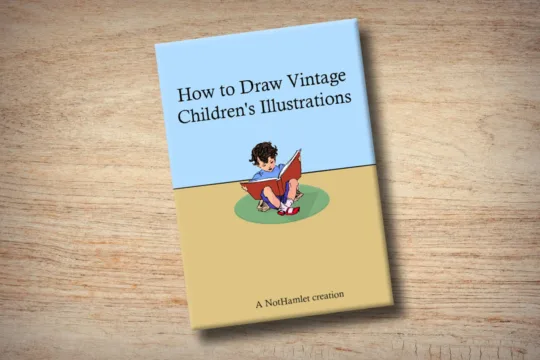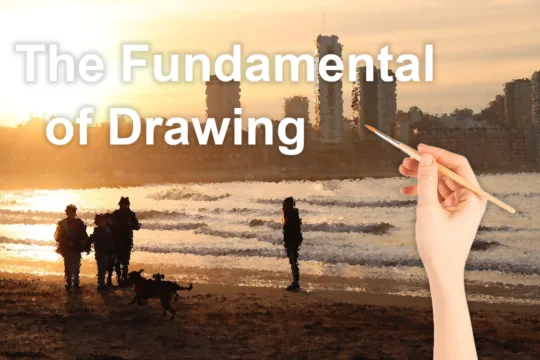Emotions are an essential part of the human experience and play a crucial role in our psychological well-being. Among these emotions, sadness is one of the most common and often misunderstood. How many times have we been told, for whatever reason, the famous words “don’t be sad“? But why shouldn’t I be?
The truth is that sadness is a universal and fundamental human emotion, very important in our lives. In this article, we will discuss why it is so important and how we can harness what it tells us about ourselves.
What is an Emotion?
Let’s start by understanding what emotions are and what they serve.
Emotions are psychological processes that function as a radar, signaling us to avoid dangers and also to approach what is pleasant. A possible more technical definition is:
“A process that involves a series of triggering conditions, the existence of subjective experiences or feelings, various levels of cognitive processing, biological changes, expressive and communicative patterns, which have motivating effects and a purpose.” – psicouned.com
Written like this, it may seem very difficult, so let’s express it in a simpler way. We would understand emotion, therefore, as a way that the mind has of functioning, to become aware of itself and its environment in the moment, in the face of certain determined circumstances with the aim of facilitating the task of adapting to the environment.
Therefore, summarizing a lot, emotions help us adapt to change.

They are usually grouped into primary and secondary emotions. The primary emotions are the most primitive and universal emotions from which the secondary emotions develop. The primary emotions are 6: Surprise, disgust, fear, joy, sadness, and anger. *Surprise doesn’t appear in the “Inside Out” movie.
As we can see in this classification made by psychologist Paul Ekman, it already reflects that sadness is an extremely important emotion, as it and these other 5 emotions develop emotions such as guilt, shame, gratitude, love…
Sadness: a Fundamental Human Emotion
Sadness is categorized along with fear, anxiety, and anger as “negative emotions“. All of them constitute a first line of affective defense against external threats.
Sadness is understood as a negative feeling characterized by a decline in a person’s usual mood accompanied by a significant reduction in their level of cognitive and behavioral activity.
It usually appears as a natural response to significant loss, emotional pain, and frustration, among others, when the person believes they cannot do anything to change that situation. There are many factors that can modify the response of sadness (personality, sociocultural context, behavioral factors…).
But let’s get to the important point,
What is the Function of Sadness? Why is it Necessary?
Sadness serves multiple useful functions for individuals.
- Slows down individuals’ functional level: We could say, perhaps a bit inaccurately, that it makes everything go a little slower than usual. This state allows people to have slower and more reflective thinking, focusing on themselves, which promotes a more detailed understanding of the events that have caused the situation, making it easier to solve the problem.
- Facilitates resource economy: Sadness helps manage our cognitive resources to cope with situations when nothing can be done or when there is no action plan.
- Directs attention towards internal processes: It helps us “isolate” ourselves from the environment, enabling us to focus on ourselves and search for a solution to the problem.
- Self-protection: It prevents or limits the processing of stimuli that are unpleasant or that contribute to the sadness. This is important to avoid overwhelming ourselves and to effectively confront the problem.
- Reinforces social bonds: Although it may not seem like it, it does. In situations of sadness or intense conflict, we tend to express how we feel through our body language, verbal language, and sometimes even through behaviors like crying. This triggers empathy in some people, making them more open to providing support and reinforcing social bonds. Additionally, individuals who experience sadness often seek help and support from others.
Learning from Sadness
As we have just discussed, although sadness can be uncomfortable and challenging, it also offers valuable opportunities for growth and emotional learning. In my opinion, these are the most important ones:
- Self-awareness: Sadness invites us to explore our deepest needs, desires, and values. It provides an opportunity to better understand ourselves, our emotional reactions, and our thought patterns.
- Emotional resilience: Experiencing and overcoming sadness strengthens our ability to adapt and learn from life’s hardships. We learn to deal with adversity, find healthy ways to cope with pain, and build greater capacity to face future difficulties.
- Empathy and compassion: Sadness also allows us to develop greater empathy and compassion towards others. By experiencing our own pain, we become more capable of understanding and supporting those going through similar situations.
Sadness is a valuable emotion that plays an essential role in our emotional experience and personal growth. Through processing and accepting sadness, we can learn valuable lessons about ourselves, strengthen our emotional resilience, and develop greater compassion towards others. Recognizing the importance of sadness allows us to embrace it as a natural and necessary part of our emotional life.
Clarifications
Before concluding this article, I feel the responsibility to provide some clarifications. It is important to note that when sadness persists over a long period or significantly affects our daily life, it can become a problem. Not Hamlet Design recommends seeking professional support in such cases.
This article, although I strive to ensure it is well-documented, is not written by a specialized website or a psychology expert. Therefore, it may be subject to errors or related issues. Please consider it as a general guide. Thank you.
Related Products
References
- Psicología de la Emoción (2010), Ed. Centro de Estudios Ramón Areces. ISBN: 9788480049085
- https://psicouned.com/apuntes/psicologia-emocion/psicologia-emocion/
- https://www.euroinnova.edu.es/blog/que-son-los-procesos-psicologicos-basicos
- https://www.psicologia-online.com/teoria-de-las-emociones-de-paul-ekman-5391.html
- https://www.psonrie.com/noticias-psicologia/para-que-sirve-la-tristeza-funciones-de-esta-emocion
- https://psychcentral.com/health/why-feeling-sad-is-actually-good








